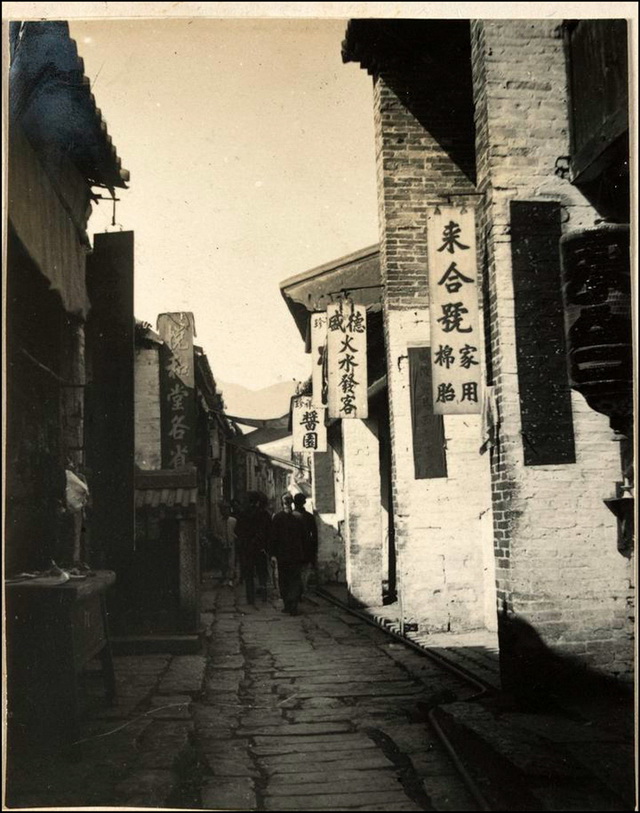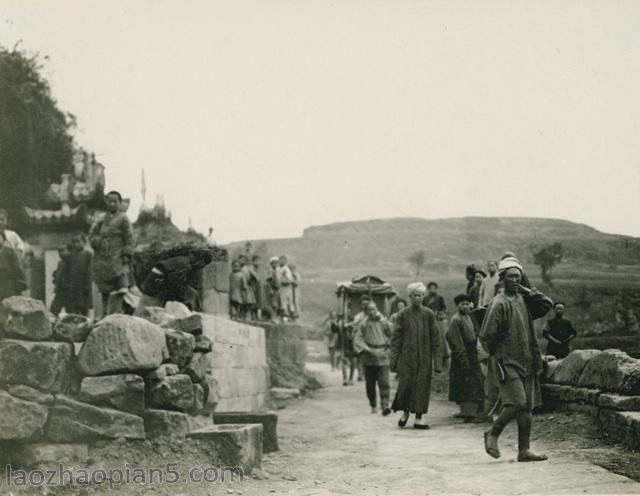Period:Qing dynasty Production date:1700
Materials:porcelain
Technique:glazed
Subjects:ceremony/ritual
Dimensions:Diameter: 5.50 centimetres (base) Diameter: 13.50 centimetres (mouth) Height: 11.50 centimetres Width: 9 centimetres
Description:
Dehua ware stem cup (altar vessel), with everted mouth and a single raised line around the body.
IMG
![图片[1]-stem cup BM-1980-0728.221-China Archive](https://chinaarchive.net/Qin dynasty/Ceramics/mid_00354668_001.jpg)
Comments:Rawson 1992:From the late Ming dynasty until at least the middle of the Qing dynasty, censers, religious images and a extended range of archaic bronze vessel shapes were all produced for family religious purposes in the bright white porcelain of the Dehua kilns, in the southeastern coastal province of Fujian. Dehua wares, from the point of view of Chinese connoisseurs, were a good deal less desirable than Longquan, even when they were new, but some degree of collector’s interest is manifest in the signatures borne by so many of them. It is likely that Dehua altar vessels were used in households throughout the country, together with the popular images of Guanyin produced at the same kiln complex. It follows the Imperial preference for monochrome glaze and archaistic forms.
Materials:porcelain
Technique:glazed
Subjects:ceremony/ritual
Dimensions:Diameter: 5.50 centimetres (base) Diameter: 13.50 centimetres (mouth) Height: 11.50 centimetres Width: 9 centimetres
Description:
Dehua ware stem cup (altar vessel), with everted mouth and a single raised line around the body.
IMG
![图片[1]-stem cup BM-1980-0728.221-China Archive](https://chinaarchive.net/Qin dynasty/Ceramics/mid_00354668_001.jpg)
Comments:Rawson 1992:From the late Ming dynasty until at least the middle of the Qing dynasty, censers, religious images and a extended range of archaic bronze vessel shapes were all produced for family religious purposes in the bright white porcelain of the Dehua kilns, in the southeastern coastal province of Fujian. Dehua wares, from the point of view of Chinese connoisseurs, were a good deal less desirable than Longquan, even when they were new, but some degree of collector’s interest is manifest in the signatures borne by so many of them. It is likely that Dehua altar vessels were used in households throughout the country, together with the popular images of Guanyin produced at the same kiln complex. It follows the Imperial preference for monochrome glaze and archaistic forms.
© Copyright
The copyright of the article belongs to the author, please keep the original link for reprinting.
THE END





![[Qing Dynasty] British female painter—Elizabeth Keith, using woodblock prints to record China from the late Qing Dynasty to the early Republic of China—1915-China Archive](https://chinaarchive.net/wp-content/uploads/2022/11/image-191x300.png)